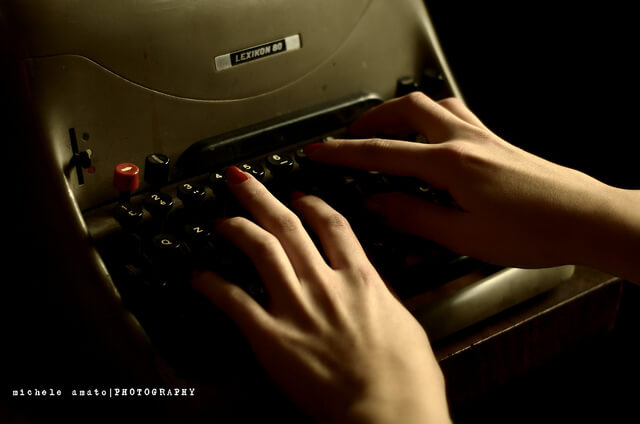Tag: transcription
Professional Translators Can Help Reduce Hospital Costs

In the November issue of Medical Care, they highlighted a recent cross-sectional study on clinical mistakes due to inaccurate language interpretation. The study found that errors in interpretation are more common when untrained interpreters are used, and that they are far rarer when professional medical interpretation services are employed. The study analyzed the interpreted transcriptions from a large number of recorded interactions comparing professional interpreters with “improvised” interpreters like friends, family and medical personnel without formal language training.
The study found that the most common type of error in interpretation are preemptive answers and omissions. 30% of the text units included wrong interpretation, a massive number especially when considering the nuance of medical diagnosis. Of the improvised, non-professional interpreters (friend, family, or nurse) 54% included inaccurate interpretation, whereas mistakes were found in just 23-25% of professional interpretations. This indicates that inaccurate interpretation occurs twice as frequently with improvised interpreters when compared to professional translators.
The analysts believed that 7% of these interpretation errors were “highly significant.” One example of a highly significant error is an interpreter telling a patient to take medicine every 6 hours as opposed to every 8 hours. Nearly 5% of the errors when using an improvised interpreter were of high significance as compared to around 1.5% with professional interpretation services.
What can we take from these findings? It is obviously better to use a professional interpreter rather than a nurse, friend or family member since it means that you will far more accurately understand the information you are getting from your physician and dramatically lower the likelihood of significant mistakes. Additionally, having a professional translator can actually reduce hospital costs. According to Harvey Castro, an emergency physician at Quest Care Partners, “When a non-English-speaking patient comes in and you can’t understand what their chief complaint is, you are assuming the worst and tend to order more things, so your cost goes up. It makes sense to deter that cost and have services available.”
Accurate interpretation services are a critical component to effective care for healthcare companies, especially those that deal directly with patients. Investing in a strong and sustainable process for regularly obtaining professional medical interpretation services can help medical and healthcare companies reduce costs and improve patient care creating a critical win/win for everyone.
Get the latest insights delivered to your inbox
The Art of Transcription

Truman Capote once admonished Jack Kerouac’s writing by declaring that “It isn’t writing at all–it’s typing!” But to some, this would be no insult. If storytelling is an impressionist landscape, setting letters to paper is Monet’s easel. Not only does the latter support the former, but the process of its creation can be cultivated as an art in its own right. According to the latest darling of French popular cinema, typing can even be a tool for breaking through the glass ceiling and finding love! Though the real-world applications of a typist’s work are less glamorous than true love, they are widely relied upon in diverse sectors.
The most common application of typing is transcription, which allows for movies to be subtitled, court records to be kept, and speeches to be shared, among other uses.
There are three common forms of transcription: Verbatim Transcription (live or from a recording), Intelligent Transcription (live or from a recording), and Transcription from Text or Audio.
Verbatim Transcription requires for a typist (transcriptionist) to listen to a speaker (live, in an audio recording, or video recording) and type every utterance that is produced including filler words such as “uh,” “um,” “hmmm” etc. The transcriptionist should also note laughter, pauses, stutters, and other aspects of speech.
Intelligent Transcription also requires a transcriptionist to record utterances from a live feed, audio recording, or video recording, but is not as literal as Verbatim Transcription. That is, Intelligent Transcription includes only speech that contains content and is relevant to the topic set forth. It excludes filler words and a speaker’s unintentional utterances.
Straight Transcription from Text or Audio is transcription which requires the transcriptionist to type out a new “clean” copy of a document (or series of documents, such as emails or medical records) based on text (usually edited) or an audio recording (often indistinct). The transcriptionist may sometimes make their own inferences to complete cut-off or blurred sentences based on context clues.
Transcription in any of the three listed scenarios requires patience and skill. A highly advanced typist averages 120 words per minute (wpm), with most professionals hovering between 80 and 95 wpm. The average person for whom typing is not a profession is usually closer to 50 wpm. The fastest living typist according to the Guinness Book of World Records is Barbara Blackburn who maintained 150 wpm for 50 minutes and is able to type 170 wpm for shorter periods; further, the fastest typist of all time was Stella Pajunas who, in 1946, managed 216 wpm.
Those curious to know how they compare can test their own typing speed here, but in case you are not yet able to match Pajunas, you can always contact Morningside Translations for all of your transcription needs!

